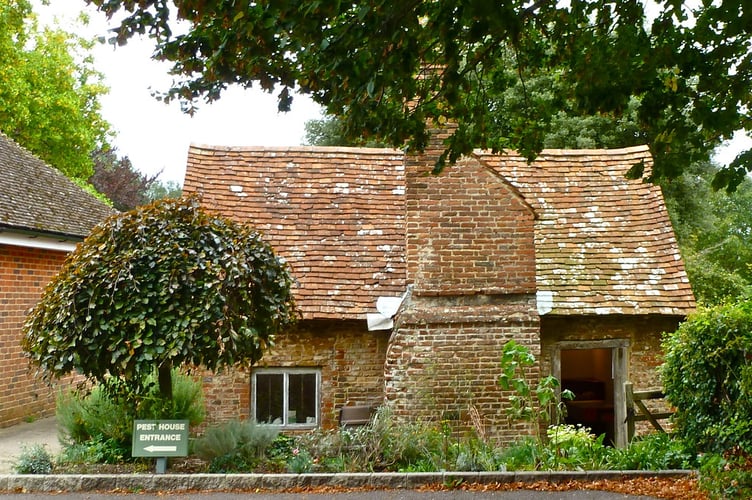Tucked away in the southwest corner of All Saints churchyard, Odiham’s Pest House offers a rare glimpse into how communities battled deadly diseases centuries ago.
Built around 1622, this modest brick and tile structure was an “isolation hospital”, housing local residents and travelers struck by the plague, smallpox, and other infectious diseases.
Remarkably, it is one of only five such buildings surviving in England today.
Pest houses were usually built on town outskirts to quarantine the sick and curb the spread of illness. Odiham’s Pest House, however, stood unusually close to the church.
This proximity may have allowed patients to give thanks for recovery - or prepared them for burial if the disease proved fatal. Its single-room design, complete with a chimney and fireplace, reflects the simplicity of care provided at the time.
Contagious diseases such as the plague, tuberculosis, and smallpox often devastated small communities. Without vaccines or antibiotics, isolation was one of the few ways to manage outbreaks.
Pest houses like Odiham’s became essential in reducing transmission. Over time, many of these early structures were replaced by larger facilities or converted into cottage hospitals.
In Odiham, the Pest House was repurposed as a dwelling in 1781 when a new isolation house was built nearby. Restored by the Odiham Society in 1981, it now serves as a mini heritage centre, offering visitors insight into the village’s response to historic health crises.
The Pest House is open weekends from 10am to 4pm (or by obtaining a key from Odiham Cards on the High Street). Donations help maintain this evocative reminder of a time when managing disease meant isolation and resilience.
Odiham is teeming with history. The excellent Odiham Society website details plenty of attractions for history buffs, from the nearby Odiham Castle to explore the town’s charming High Street lined with elegant Georgian houses and independent shops.


